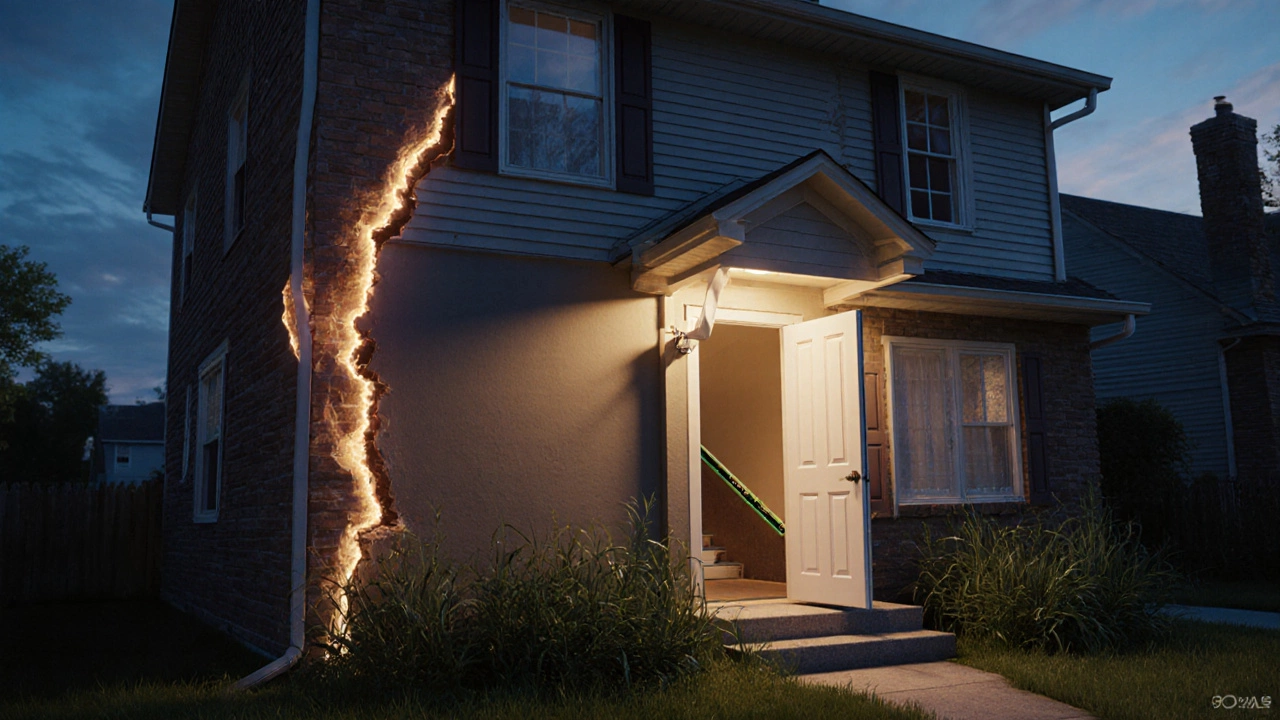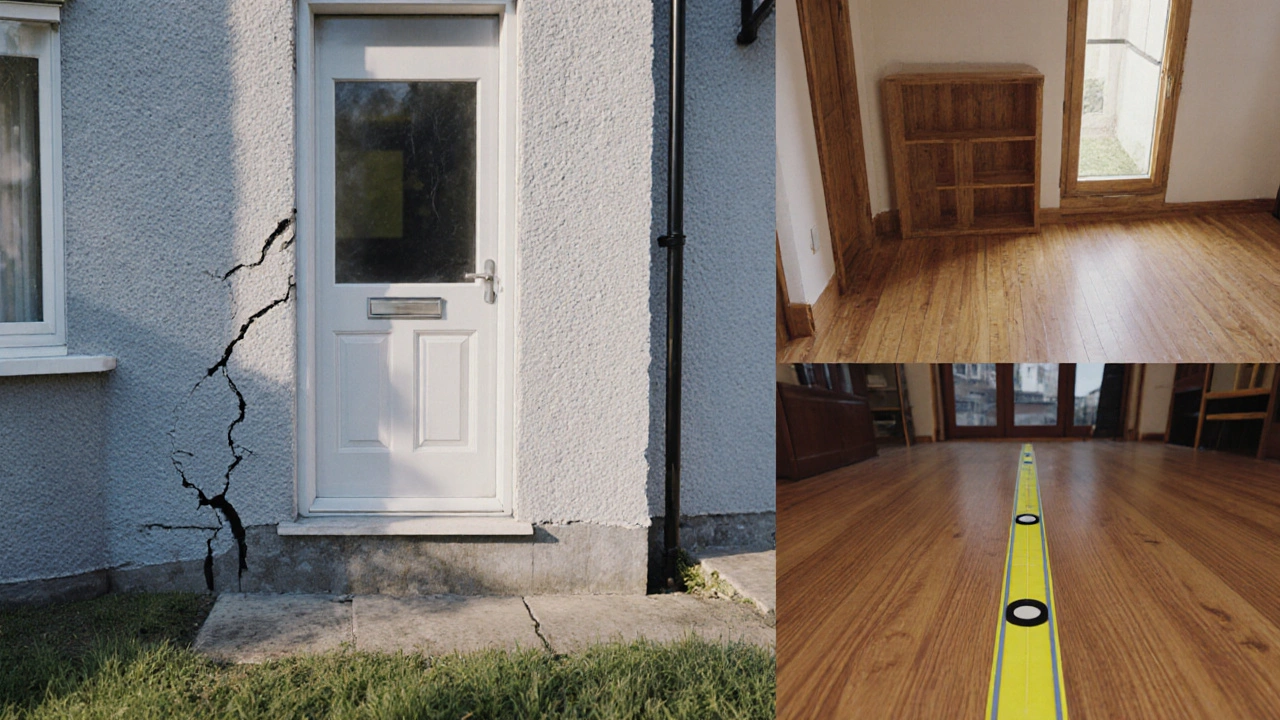Learn if a foundation can truly be unfixable, spot warning signs, understand causes, and explore repair vs. rebuild options for your home.
Structural Damage: What You Need to Know
If you notice odd cracks, doors that stick, or floors that feel spongy, you might be dealing with structural damage. It’s the kind of issue that can turn a simple repair into a big headache if you ignore it. The good news? Spotting the signs early and knowing the basics can save you time, money, and stress.
Common Signs of Structural Damage
First, look for cracks that are wider than a hairline. Horizontal cracks in walls, especially near windows or doors, often point to pressure on the foundation. Stair steps that feel uneven, or a sagging ceiling, are also red flags. Doors and windows that won’t close properly usually mean the frame has shifted. Finally, listen for creaking sounds when you walk across a floor – that can mean the joists are moving.
Don’t forget the outdoors. If you see soil bulging up around the foundation or water pooling near the base of the house, moisture may be weakening the structure. Even a small leak can cause long‑term damage if it seeps into the foundation or supporting walls.
Fixing and Preventing Structural Issues
When you spot a problem, the first step is to assess how serious it is. Small cracks can often be sealed with a flexible filler, but larger gaps usually need a professional. A qualified builder can install steel reinforcement, underpin the foundation, or replace damaged joists. Getting a second opinion is wise – structural work is costly, so you want to be sure the solution fits the problem.
Prevention is easier than repair. Keep drainage away from your house by cleaning gutters regularly and making sure the ground slopes away from the walls. Avoid heavy loads on balconies or attic spaces unless they’re designed for it. Using quality materials, like proper concrete mixes and rust‑free steel, also reduces the chance of future damage.
Every few years, walk around your property and do a quick visual check. Mark any new cracks and compare their size over time. If you notice anything getting worse, call a specialist before it spreads.
Remember, structural damage isn’t something you can fix with a DIY paint job. It’s a sign that the building’s skeleton needs attention. Acting early keeps your home safe and prevents a small issue from becoming a major expense.
Learn how to identify, diagnose, and fix major foundation issues. Get clear signs, causes, repair options, and a maintenance checklist to protect your home.
Thinking about fixing your home's foundation? Foundation repairs can seem pricey, but ignoring them could cost you way more down the line. This article tackles whether these repairs are worth the investment, when they make sense, and what happens if you skip them. Get helpful tips, interesting facts, and real reasons homeowners decide to repair or hold off. No fluff—just straight talk about your home's safety, value, and peace of mind.
Wondering if your homeowners insurance covers structural damage like foundation problems? This article breaks down when insurance might help with costly repairs, what kinds of damage are usually excluded, and the tricky process of filing a claim. Get real-world examples, must-know tips, and straightforward advice to help you avoid expensive surprises. If you're staring at cracks in your walls or floors, this guide tells you what to do next. Protect your house—and your wallet—by understanding your policy's fine print.
Wondering if your house insurance covers foundation problems? This article breaks down what insurance actually protects when your home's foundation takes a hit, what it usually excludes, and the sneaky scenarios that might surprise you. We’ll show you the biggest misconceptions, offer tips to spot trouble before it gets expensive, and share advice for arguing your case with an insurer. By the end, you'll know exactly what to expect if cracks show up in your home—and what to do next.




